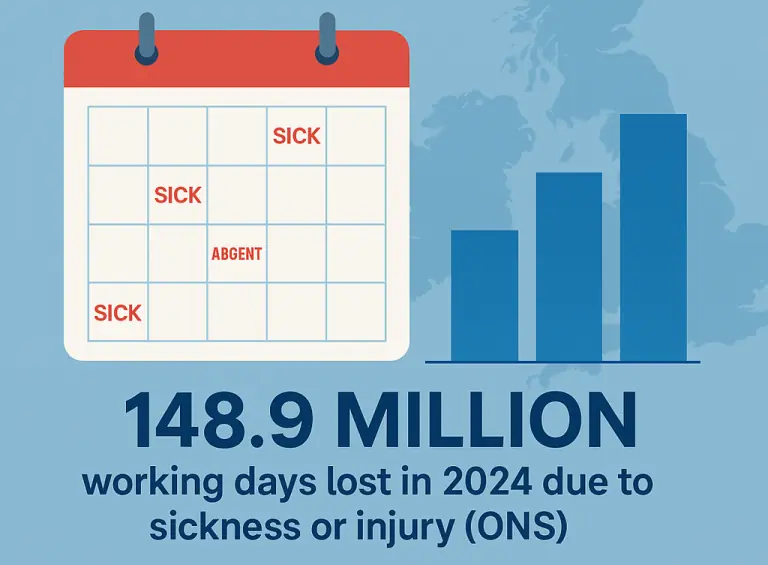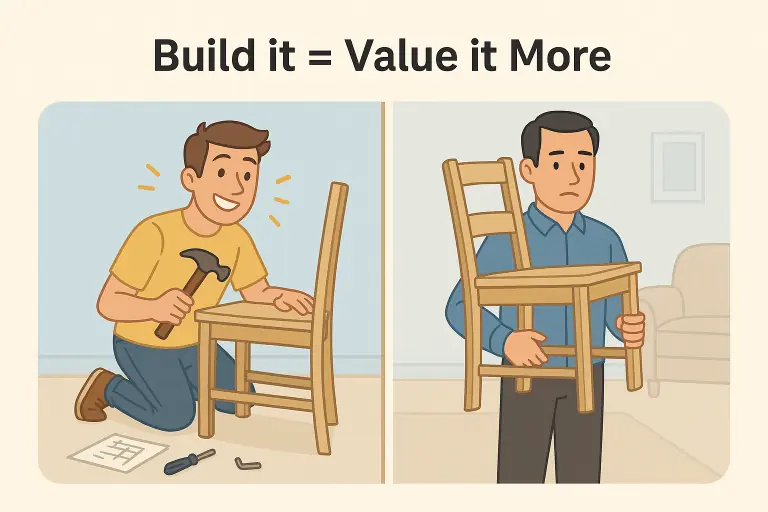
The Power Of Active Listening [8 Steps To Stand Out At Work]
Active listeners make more money.
They also have better relationships!
People always remember someone that listens well:
And they are the key to any successful workplace!
What Is Active Listening?
Active listening emphasizes engagement and positive interactions.
An active listener listens attentively when some else speaks, it means paying attention carefully.
It lets you pick on non-verbal cues.
When you listen carefully without interrupting, it makes the other person feel heard!
Being a good listener is key to making good relationships at work.
On our manager courses, delegates find communication to be one of the most valuable skills they learn.
8 Skills To Become An Active Listener
Let’s look at some ways to develop your active listening.
1. Limit distractions
Active listening has taken a hit in the increasingly connected world we live in.
Procrastination has also increased consistently since phones became what they are today!
People try to split their attention between the speaker and their screens.
But that just means they don’t concentrate properly!
Silence distractions and give the other person your undivided attention.

2. Let the silence roll
Most passive listeners are uncomfortable with silent moments in conversations.
To become a better active listener, embrace these moments of silence.
You don’t always have to comment or reply!
3. Don’t focus on your response
Can you repeat the last statement that was made?
Your goal should be to be able to repeat the last statement that was made at all times.
That will keep your mind and full attention on the conversation.
4. Pay attention to non-verbal cues
The majority of communication is non-verbal.
Think about the impact that eye contact can make.
You can learn a great deal about a person’s emotional state just from their tone of voice.
5. Show you’re listening
Use gestures and body language to show that you’re listening and engaged in the conversation.
1. Smile, frown, squint and use other facial expressions.
2. Adopt an open posture to show that you’re interested.
3. Nod occasionally
In our communication statistics, we found body language to be very important.
6. Paraphrase and provide feedback
Try to understand the message without letting your assumptions cloud things by asking questions.
For example:
1. “Sounds like you are saying…”
2. “What I’m hearing is…”
3. “What do you mean when you say…”
7. Defer judgement and advice
Let the other person speak without interruptions.
Allow them to finish making their points before asking questions or interjecting.
Also, don’t interrupt with counter ideas!
8. Encourage others to suggest ideas or solutions
Most people already have a workable solution in mind before they state their problem.
They often want a little space in the conversation to work through them, though.
Give them that opportunity, and you’ll avoid team conflict while getting the most out of your team.
In any discussion, aim to do more listening (80%) and less talking (20%).
Conclusion
Active listening is an incredibly valuable skill.
Whether you’re towards the start or the end of your career, it will benefit you.
Give it a go in the next conversation you have.
- Facebook: https://www.facebook.com/profile.php?id=100066814899655
- X (Twitter): https://twitter.com/AcuityTraining
- LinkedIn: https://www.linkedin.com/company/acuity-training/




